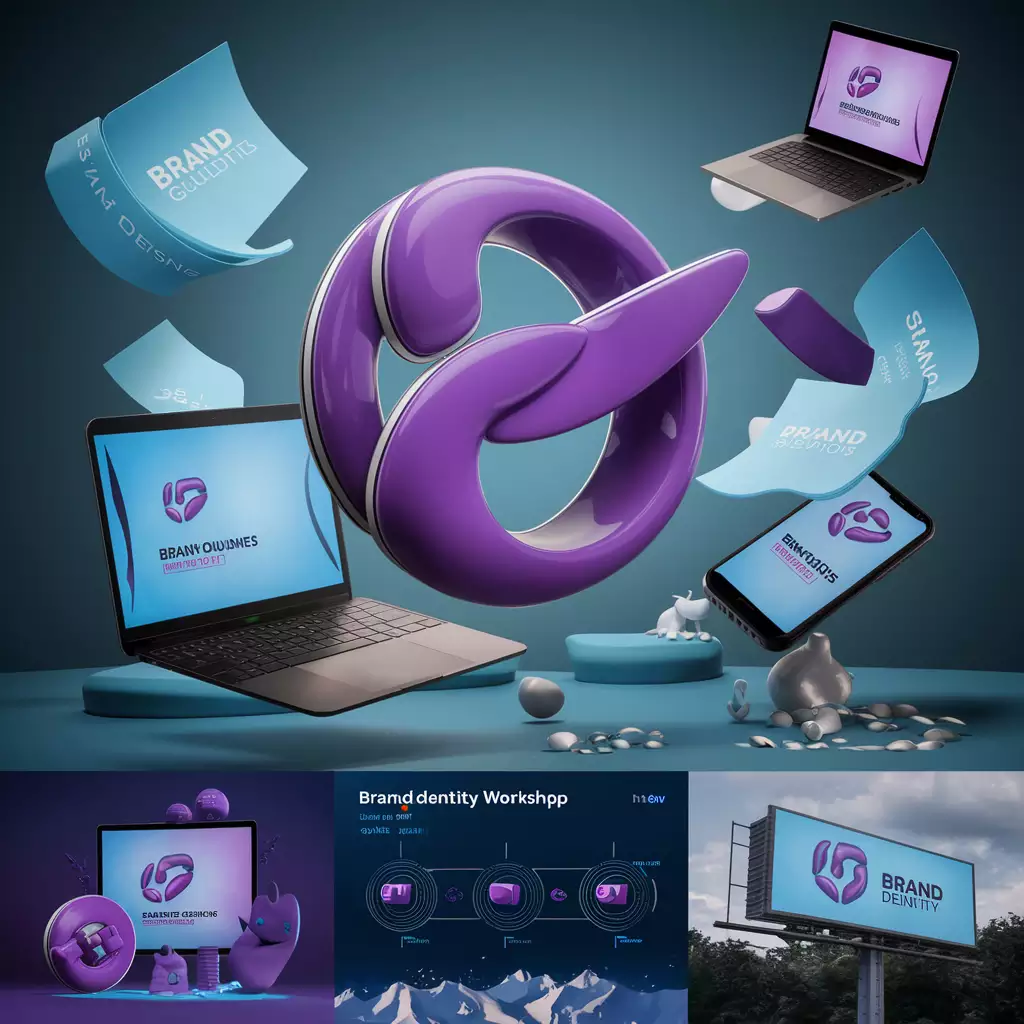Why You Need a Strong Visual Identity for Your Brand
In today’s competitive marketplace, your brand’s visual identity can make or break the connection you have with your audience. A staggering 60% of consumers are more likely to choose brands that have a consistent visual identity. This statistic underscores the necessity for businesses—especially in Europe, including countries like Germany, Italy, Sweden, and the Baltics, such as Latvia—to invest in strong branding strategies. Establishing a cohesive and compelling visual identity is no longer just optional; it’s a critical element of business success.
The Relevance of a Compelling Visual Design
Visual design transcends mere aesthetics; it’s a strategic communication tool essential in forming brand perception. Leading experts suggest that colors, typography, and logo design together evoke emotional responses that impact consumer choice. For many brands, these elements serve as the first point of interaction. In Latvia, companies that prioritize their corporate identity can effectively differentiate themselves in crowded markets, capturing the attention of potential customers. Creative services like branding can transform generic images into memorable narratives that resonate with audiences, thus amplifying engagement and trust.
Benefits of a Strong Brand Identity
A well-defined brand identity brings a myriad of advantages. First and foremost, it fosters recognition. Consumers who recognize a logo or visual theme are more likely to choose that brand over others. This attribute is particularly crucial in fast-paced environments where choices abound. Moreover, a consistent visual identity builds trust—customers feel assured by a company that reflects professionalism and reliability through its design.
When companies in Latvia adopt strong visual branding, they can create emotional connections that lead to loyalty. Research indicates that brands with engaging and cohesive identities experience increased customer retention rates. Furthermore, visual branding can streamline marketing efforts, from digital marketing initiatives to print design strategies, making your campaigns more cohesive and impactful. For instance, by utilizing tools like Photoshop and Figma, businesses can create designs that not only appeal to users but also align with their overall branding strategy.
Implementation: Steps Toward a Strong Visual Identity
To develop a robust visual identity, businesses should start by defining their brand values and mission unequivocally. This understanding will direct all visual decisions, from logo creation to color palette selection. Once values are established, companies can explore popular low-code solutions to expedite their development process.
Next, implementing a consistent style guide is crucial. This document serves as a roadmap for all design-related efforts, ensuring every aspect from social media graphics to web development adheres to the same theme. Collaborating with experienced designers can amplify these efforts; using tools like Illustrator or InDesign can streamline the creation of compelling marketing materials.
Furthermore, brands should regularly analyze the effectiveness of their visual identity through metrics that track engagement and perception. By employing automation tools like Zapier or Make, companies can efficiently gather and process consumer feedback, allowing for continuous improvement tailored to their audience’s expectations.
Conclusion: Take the Next Steps for Success
To truly succeed in today’s market, especially in Europe and the Baltics, it’s essential to recognize the power of a strong visual identity. Companies that invest in branding not only distinguish themselves but also pave the way for long-term consumer loyalty and recognition. If you’re ready to enhance your brand identity, consider exploring comprehensive branding services, which will guide you through every step of this transformative journey. Embrace the potential of visual design today, and watch your brand flourish tomorrow!






